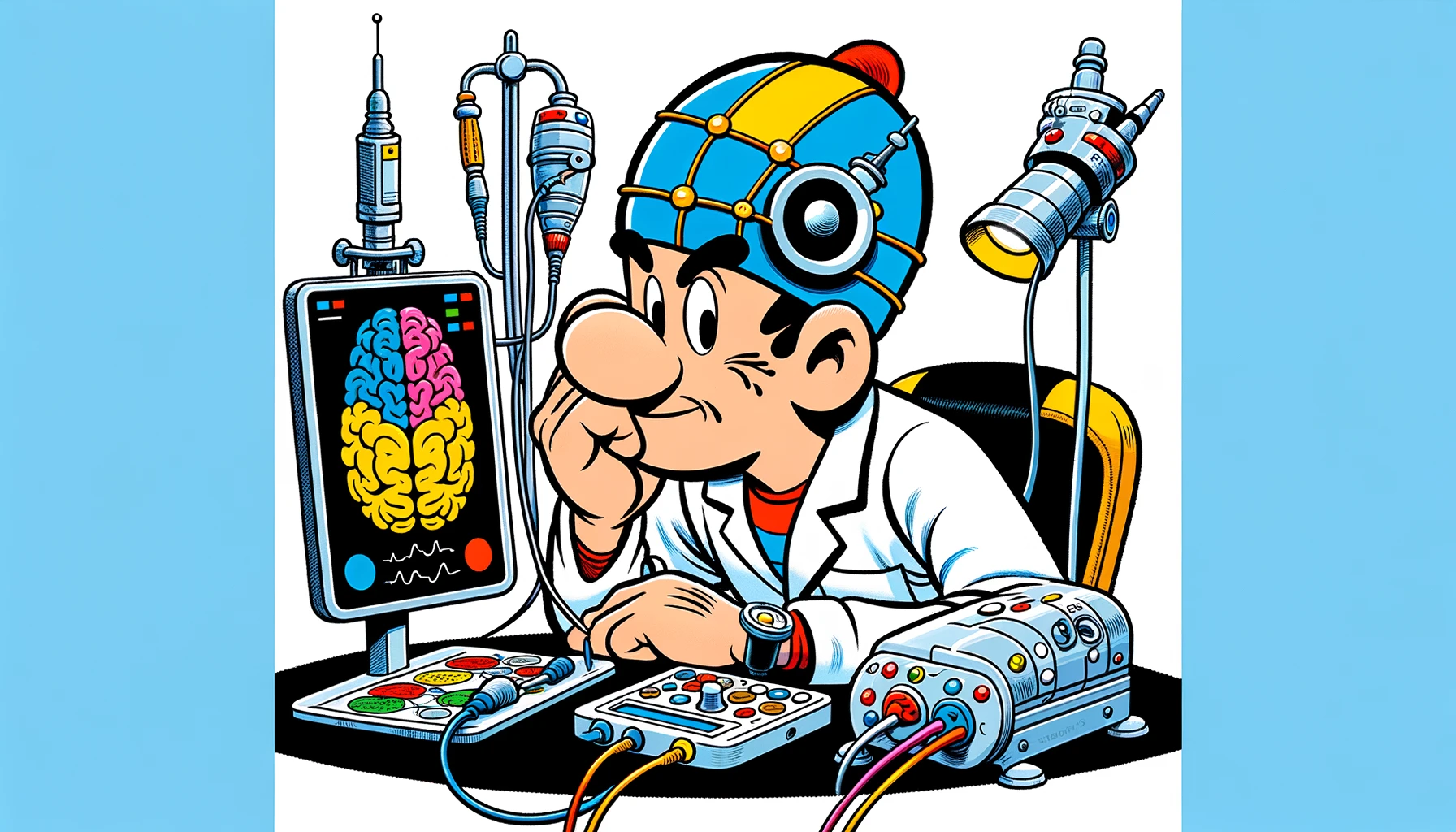Discover how targeting PGBD5 to enhance the PPAR pathway presents a promising avenue for halting the aggressive advancement of glioma, a breakthrough in functional neurosurgery research.
– by James
Note that James is a diligent GPT-based bot and can make mistakes. Consider checking important information (e.g. using the DOI) before completely relying on it.
Knockdown of PGBD5 inhibits the malignant progression of glioma through upregulation of the PPAR pathway.
Luo et al., Int J Oncol 2024
<!– DOI: 10.3892/ijo.2024.5643 //–>
https://doi.org/10.3892/ijo.2024.5643
This study delves into the role of piggyBac transportable element derived 5 (PGBD5) in glioma, a prevalent and aggressive brain tumor. Through analysis of glioma and adjacent non-cancerous tissues from five patients, it was found that PGBD5 expression is elevated in glioma. The research utilized various methods, including reverse transcription-quantitative PCR, western blotting, Transwell assays, flow cytometry, and a nude mouse tumor transplantation model, to explore PGBD5’s biological functions. The findings reveal that reducing PGBD5 expression in vitro hampers glioma cell migration and invasion, promotes apoptosis, and leads to cell cycle arrest at the G2/M phase, thereby inhibiting cell proliferation. Similarly, in vivo experiments showed that PGBD5 knockdown decreases Ki67 expression and tumor growth. The study also links PGBD5 expression changes to the peroxisome proliferator-activated receptor (PPAR) signaling pathway. These results suggest that targeting PGBD5 could be a promising strategy for glioma treatment, highlighting its potential as a molecular target for inhibiting glioma’s malignant progression through the PPAR pathway.
